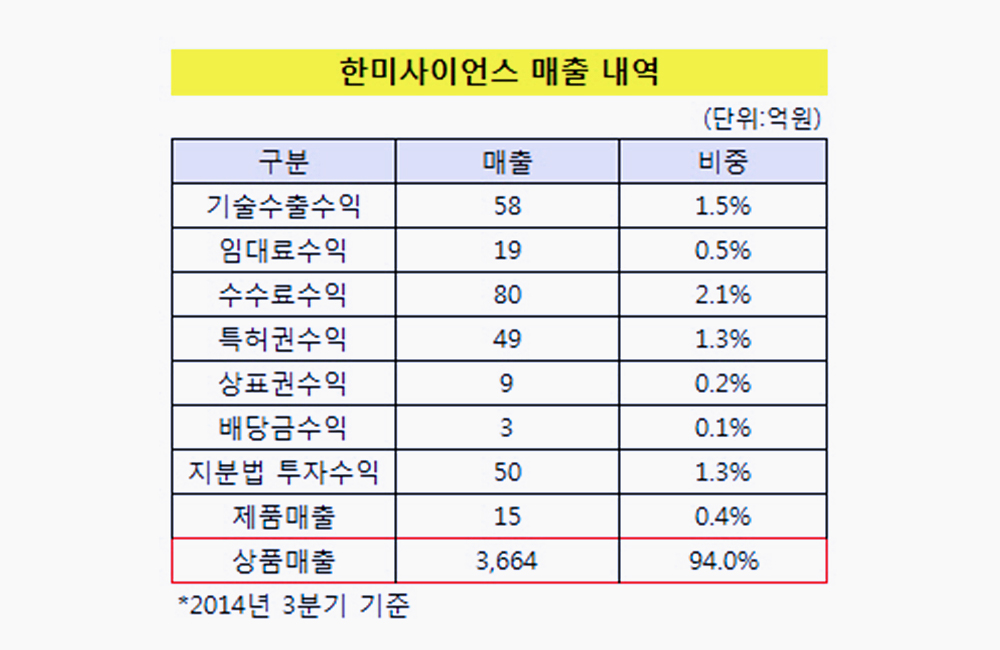Technology isn't just for video games and social media. It can also give you access to important services, like medical aid. With telehealth, you're able to check in with healthcare professionals from the comfort of your own home, and that's just the start.
Here's why telehealth is deemed by many as the future of health care — and how you can make the most of all these digital services to stay healthy and safe.
What is telehealth?
Telehealth is the remote access of health care services with telecommunications technology, such as computers and mobile devices.
There are many services that fall under telehealth, but the one you're most likely to use is called telemedicine.
The difference between telehealth and telemedicine
Telemedicine is what allows you to receive remote clinical services. For example, this would include a virtual appointment with your doctor or digital access to your medical records.
Telehealth, on the other hand, encompasses services that medical professionals are more likely to utilize, such as provider training, administrative meetings, or medical education.
So, while telehealth broadly refers to almost any digital activities for health care workers, telemedicine is patient-facing and the practice of delivering care remotely.
Examples of telehealth services
These are some of the most common and useful telehealth services for patients:
Patient portal
Many health care providers now offer online patient portals. In fact, you may already utilize this telehealth tool.
With a patient portal, you can:
• Access your personal health record, including previous test results and medical history.
• Schedule new appointments and request email reminders for them.
• Communicate securely with your primary care provider, such as a doctor or nurse.
• Request refills for existing prescription medications.
Most patient portals will require you to log on with a personalized account on a computer, tablet, or smartphone. From there, you should be able to access all these telehealth services in one centralized location.
Virtual doctor's appointments
Patients and doctors can also virtually meet "face-to-face" for medical appointments with secure live video conferencing.
These virtual doctor's appointments are useful for patients with limited mobility, or those who don't live very close to a doctor's office. And, because of the COVID-19 pandemic, many more patients are opting to schedule virtual visits to reduce the risk of spreading the virus.
Virtual appointments can be effective for any condition that doesn't require an in-person physical examination. This may include:
• Mental health counseling and therapy
• Dermatology and skin conditions
• Allergies and sinus or nasal congestion
• Some other common illnesses, such as headaches or pink eye
Here's how to set up and prepare for a virtual doctor's appointment:
First, you should ensure that your health insurance covers telehealth services in your state. To do so, you can use the National Telehealth Policy Resource Center's interactive guide for current state laws and reimbursement policies.
Then, you'll want to schedule an appointment by calling your doctor's office or using an online patient portal. Make sure you have access to a computer, tablet, or phone with live video conferencing, and find a quiet environment with good lighting to establish smooth communication.
From there, your virtual appointment should be pretty similar to a regular one — you'll discuss your symptoms and medical history, and your doctor can recommend treatments and sometimes prescribe medication.
If you need further physical examination, your doctor may ask to schedule a future in-person appointment.
Store and forward
Store and forward services, also called asynchronous telemedicine, are used to send information between a patient and doctor, or between doctors.
For example, after you have an X-ray, your primary care doctor might send that X-ray image to a specialist to help decide your diagnosis. This can allow patients to get faster, high-quality care even if experts aren't available locally.
With store and forward, the electronic transmission of medical documents is private and secure. Along with X-rays, doctors can send MRIs, photos, video clips, or other patient data.
Remote patient monitoring
Telehealth technology can allow doctors to monitor your health remotely, whether you've just been released from the hospital or you're managing a chronic condition.
Remote patient monitoring may include the use of:
• Medical devices that can measure and send information to your doctor, such as cuffs to check blood pressure at home.
• Wearable devices that automatically record and transmit vital information to your doctor, such as heart rate or sleeping patterns. These will be used when your doctor needs real-time information about your condition.
• Home monitors that can detect falls or changes in normal activity. These can be used for elderly or disabled people who want to live at home but need frequent health check-ins.
Mobile health
Mobile health can help you keep track of your health over time. It's estimated that more than 40% of people now use at least one of the many different types of mobile health apps.
For example, some mobile health apps help you better manage chronic conditions like diabetes, or pursue fitness goals while recording your progress.
Other mobile health apps offer extensive networks of doctors across specialties, where medical professionals are available 24/7 and can give personalized advice in multiple languages.
To learn more about receiving care through mobile health apps, our Insider Reviews team has put together a list for the best telemedicine services, as well as the best online therapy providers for mental health needs.
Benefits of telehealth
Because of telehealth's benefits, many more hospitals have begun offering these services in the past decade.
For patients, the benefits of telehealth include:
Better access to medical care
Telehealth is especially advantageous for people in rural areas who don't live near a doctor or specialist, as it breaks down the geographic barriers to receiving care.
In addition, people with limited mobility, such as elderly or disabled people, don't need to go to the doctor as frequently. With telehealth, it's easy to access care from your own home.
Improves quality of care
In fact, a 2015 study published in the American Journal of Managed Care found that telehealth can lead to better patient health outcomes:
• 38% fewer hospital admissions
• 31% fewer hospital readmissions
• 63% more likely to spend fewer days in the hospital
Reduces cost of care
By reducing the need for travel and repeat hospital visits, telehealth can help patients save money.
For example, some doctors have found that telehealth care can cost 19% less when compared with inpatient care.
Increases patient satisfaction
Telehealth care also saves time. With more convenience and flexibility, children won't have to miss as much school and parents won't have to take as much time off work.
Overall, telehealth makes it easier for patients to receive care and stay healthy, resulting in higher satisfaction.
What is telepharmacy?
Telepharmacy is the delivery of pharmacy services to your home, and it's another useful aspect of telehealth.
After a telemedicine appointment, doctors will often have enough information to advise patients on which over the counter medications to take — or to write a prescription.
In fact, these common medications can be prescribed without ever seeing a doctor in-person:
• Antibiotics such as Penicillin, Amoxicillin, or Azithromycin
• Allergy medicine like Clartin or Flonase
• Asthma medications, such as Albuterol Inhalers or albuterol nebulizing solution
Medication can then be delivered to you through a local pharmacy like CVS, or by using a digital pharmacy app. To learn more about these apps, Insider Reviews has a list of the best pharmacy delivery services.
Digital and physical pharmacies can also deliver non-prescription medications like Advil, Tylenol, vitamins, and supplies like thermometers. Controlled substances, like painkillers or antidepressants, are more heavily regulated and may not be available for delivery.
Limitations of telehealth
While there are many benefits of telehealth, it cannot replace traditional medical care entirely.
For example, many medical conditions and routine check-ups will require a physical examination, and some patients may always feel more comfortable meeting with their doctor in-person. And though coverage is expanding, some insurers still don't provide for telehealth.
In addition, telehealth can lead to fragmented care if you use too many different services, as doctors may recommend unnecessary or overlapping treatments.
The bottom line
Overall, telehealth can support in-person medical care and provide another option for those who have limited access, or may not be able to physically visit a doctor.
You can check with your primary care provider and insurer to determine which telehealth services are readily available to you.









